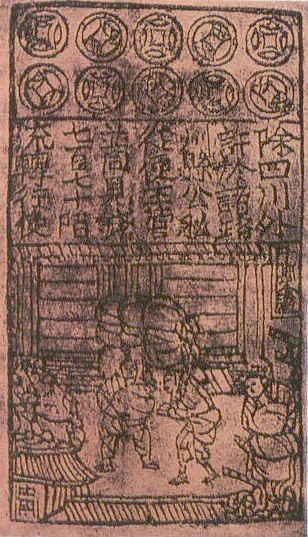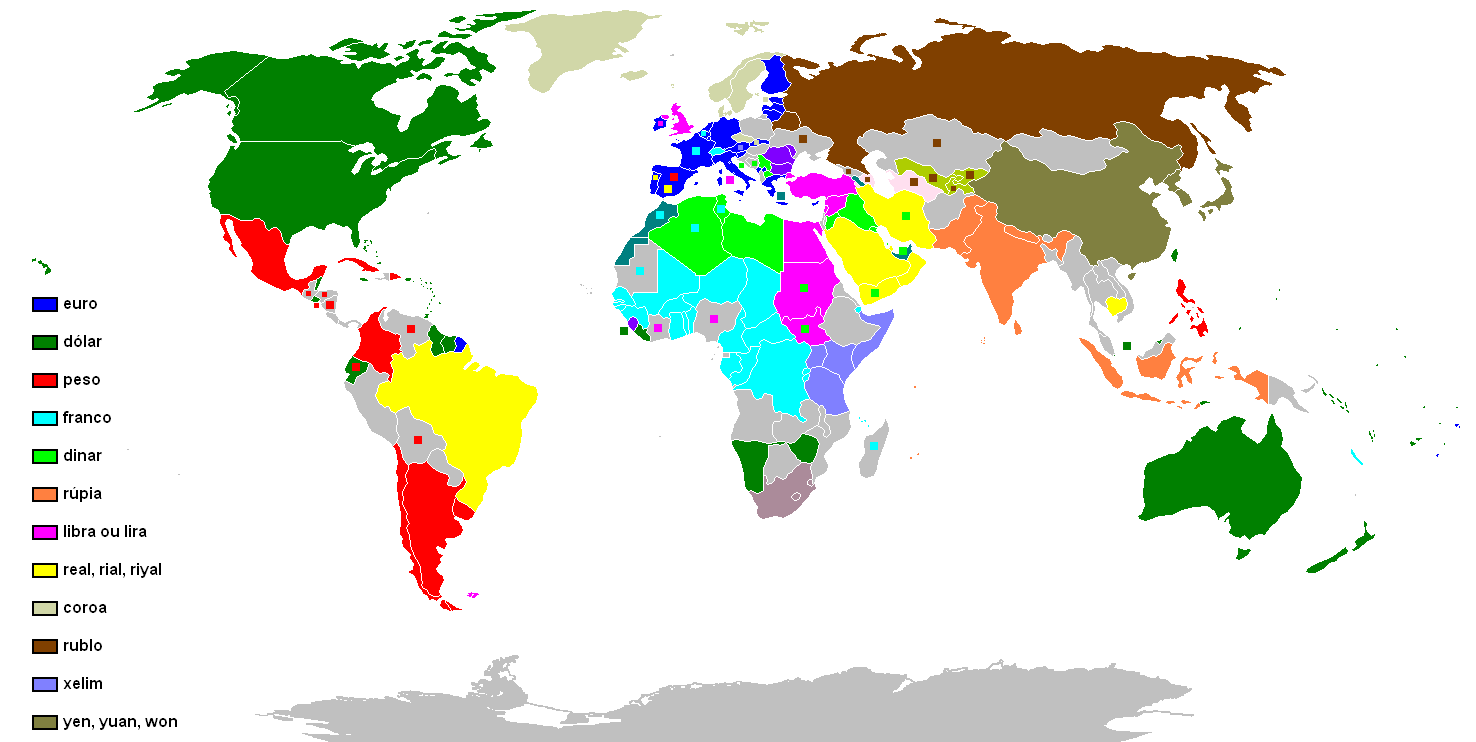|
Bukharan Tenga
The tenga was the currency of Bukhara until 1920. It was subdivided into 10 ''falus''. It was replaced by the Russian ruble at a rate of 1 ruble = 5 tenga. The name of the tenga is derived from the Sanskrit word ''tanka''. All inscriptions on Bukharan tenga are written in Persian, and from 1787 verses from the Qur'an The Quran, also romanized Qur'an or Koran, is the central religious text of Islam, believed by Muslims to be a revelation directly from God ('' Allāh''). It is organized in 114 chapters (, ) which consist of individual verses ('). Besides ... no longer appear on Bukharan coins. Tenga coins generally weigh 3.2 grams. Fedorov, M. 2002. “Money circulation under the Janids and Manghits of Bukhara, and the Khans of Khoqand and Khiva.” Supplement to ONS Newsletter 171. References Currencies of Asia Modern obsolete currencies Emirate of Bukhara 1920 disestablishments {{CAsia-hist-stub ... [...More Info...] [...Related Items...] OR: [Wikipedia] [Google] [Baidu] |
Currency
A currency is a standardization of money in any form, in use or circulation as a medium of exchange, for example banknotes and coins. A more general definition is that a currency is a ''system of money'' in common use within a specific environment over time, especially for people in a nation state. Under this definition, the British Pound sterling (£), euros (€), Japanese yen (¥), and U.S. dollars (US$) are examples of (government-issued) fiat currencies. Currencies may act as stores of value and be traded between nations in foreign exchange markets, which determine the relative values of the different currencies. Currencies in this sense are either chosen by users or decreed by governments, and each type has limited boundaries of acceptance; i.e., legal tender laws may require a particular unit of account for payments to government agencies. Other definitions of the term ''currency'' appear in the respective synonymous articles: banknote, coin, and money. Th ... [...More Info...] [...Related Items...] OR: [Wikipedia] [Google] [Baidu] |
Bukhara
Bukhara ( ) is the List of cities in Uzbekistan, seventh-largest city in Uzbekistan by population, with 280,187 residents . It is the capital of Bukhara Region. People have inhabited the region around Bukhara for at least five millennia, and the city has existed for half that time. Located on the Silk Road, the city has long served as a center of trade, scholarship, culture, and religion. Bukhara served as the capital of the Khanate of Bukhara, Emirate of Bukhara and later Bukhara People’s Soviet Republic. It was the birthplace of the scholar Imam Bukhari. The city has been known as "Noble Bukhara" (''Bukhārā-ye sharīf''). Bukhara has about 140 architectural monuments. UNESCO has listed the historic center of Bukhara (which contains numerous mosques and madrasas) as a List of World Heritage Sites in Uzbekistan, World Heritage Site. Names The exact name of the city of Bukhara in ancient times is unknown. The whole Oasis of Bukhara, oasis was called Bukhara in ancient times, ... [...More Info...] [...Related Items...] OR: [Wikipedia] [Google] [Baidu] |
Pūl (coin)
Pūl (Russian: , Tatar: پول) was a historical currency that circulated in Russian Turkestan. Pūls were used in Golden Horde, Afghanistan, Bukhara, Chagatai Khanate, Kokand Khanate, Dzungar Khanate, and other Eurasian principalities, it was a copper coin of very small denomination, 1/60 of an altyn. Etymology From Middle Persian *pōl, Borrowing from Ancient Greek ὀβολός (obolós). In the Golden Horde In the Golden Horde pūl coins were officially set to a rate of 16 pūls per ''dannik'' as was escribed on many pūl coins, and were often struck by banks at the request of private customers who exchanged their raw copper for coins. The Khans, and their financial advisors often manipulated the market value of pūls by issuing new coins with the inscription “a new pūl” while declaring all other pūls in circulation to no longer be valid media of exchange, and the population was forced to exchange their old pūl coins for new ones. Generally speaking the newer pū ... [...More Info...] [...Related Items...] OR: [Wikipedia] [Google] [Baidu] |
Russian Ruble
The ruble or rouble (; Currency symbol, symbol: ₽; ISO 4217, ISO code: RUB) is the currency of the Russia, Russian Federation. Banknotes and coins are issued by the Central Bank of Russia, which is Russia's central bank, monetary authority independent of all other government bodies.wikisource:en:Constitution of Russia#Article 75, Article 75 - Constitution of the Russian Federation (English translation) The ruble is the second-oldest currency in continuous use and the first Decimalisation, decimal currency. The ruble was the currency of the Russian Empire, which was replaced by the Soviet ruble (code: SUR) during the Soviet Union, Soviet period. Following the dissolution of the Soviet Union, by 1992, the Soviet ruble was replaced in the Russian Federation by the Russian ruble (code: RUR) Par value, at par. The Russian ruble then further continued to be used in 11 post-Soviet states, forming a "ruble zone" until 1993. [...More Info...] [...Related Items...] OR: [Wikipedia] [Google] [Baidu] |
Sanskrit Language
Sanskrit (; stem form ; nominal singular , ,) is a classical language belonging to the Indo-Aryan languages, Indo-Aryan branch of the Indo-European languages. It arose in northwest South Asia after its predecessor languages had Trans-cultural diffusion, diffused there from the northwest in the late Bronze Age#South Asia, Bronze Age. Sanskrit is the sacred language of Hinduism, the language of classical Hindu philosophy, and of historical texts of Buddhism and Jainism. It was a lingua franca, link language in ancient and medieval South Asia, and upon transmission of Hindu and Buddhist culture to Southeast Asia, East Asia and Central Asia in the early medieval era, it became a language of religion and high culture, and of the political elites in some of these regions. As a result, Sanskrit had a lasting effect on the languages of South Asia, Southeast Asia and East Asia, especially in their formal and learned vocabularies. Sanskrit generally connotes several Indo-Aryan languages# ... [...More Info...] [...Related Items...] OR: [Wikipedia] [Google] [Baidu] |
Persian Language
Persian ( ), also known by its endonym and exonym, endonym Farsi (, Fārsī ), is a Western Iranian languages, Western Iranian language belonging to the Iranian languages, Iranian branch of the Indo-Iranian languages, Indo-Iranian subdivision of the Indo-European languages. Persian is a pluricentric language predominantly spoken and used officially within Iran, Afghanistan, and Tajikistan in three mutual intelligibility, mutually intelligible standard language, standard varieties, respectively Iranian Persian (officially known as ''Persian''), Dari, Dari Persian (officially known as ''Dari'' since 1964), and Tajik language, Tajiki Persian (officially known as ''Tajik'' since 1999).Siddikzoda, S. "Tajik Language: Farsi or not Farsi?" in ''Media Insight Central Asia #27'', August 2002. It is also spoken natively in the Tajik variety by a significant population within Uzbekistan, as well as within other regions with a Persianate society, Persianate history in the cultural sphere o ... [...More Info...] [...Related Items...] OR: [Wikipedia] [Google] [Baidu] |
Qur'an
The Quran, also romanized Qur'an or Koran, is the central religious text of Islam, believed by Muslims to be a revelation directly from God ('' Allāh''). It is organized in 114 chapters (, ) which consist of individual verses ('). Besides its religious significance, it is widely regarded as the finest work in Arabic literature, and has significantly influenced the Arabic language. It is the object of a modern field of academic research known as Quranic studies. Muslims believe the Quran was orally revealed by God to the final Islamic prophet Muhammad through the angel Gabriel incrementally over a period of some 23 years, beginning on the Laylat al-Qadr, when Muhammad was 40, and concluding in 632, the year of his death. Muslims regard the Quran as Muhammad's most important miracle, a proof of his prophethood, and the culmination of a series of divine messages starting with those revealed to the first Islamic prophet Adam, including the holy books of the Torah, Psalms, ... [...More Info...] [...Related Items...] OR: [Wikipedia] [Google] [Baidu] |
Currencies Of Asia
A currency is a standardization of money in any form, in use or circulation as a medium of exchange, for example banknotes and coins. A more general definition is that a currency is a ''system of money'' in common use within a specific environment over time, especially for people in a nation state. Under this definition, the British Pound sterling (£), euros (€), Japanese yen (¥), and U.S. dollars (US$) are examples of (government-issued) fiat currencies. Currencies may act as stores of value and be traded between nations in foreign exchange markets, which determine the relative values of the different currencies. Currencies in this sense are either chosen by users or decreed by governments, and each type has limited boundaries of acceptance; i.e., legal tender laws may require a particular unit of account for payments to government agencies. Other definitions of the term ''currency'' appear in the respective synonymous articles: banknote, coin, and money. This article uses ... [...More Info...] [...Related Items...] OR: [Wikipedia] [Google] [Baidu] |
Modern Obsolete Currencies
Modern may refer to: History *Modern history ** Early Modern period ** Late Modern period *** 18th century *** 19th century *** 20th century ** Contemporary history * Moderns, a faction of Freemasonry that existed in the 18th century Philosophy and sociology * Modernity, a loosely defined concept delineating a number of societal, economic and ideological features that contrast with "pre-modern" times or societies ** Late modernity Art * Modernism ** Modernist poetry * Modern art, a form of art * Modern dance, a dance form developed in the early 20th century * Modern architecture, a broad movement and period in architectural history ** Moderne, multiple architectural styles ** Modernisme a.k.a. Catalan Modernism * Modern music (other) Geography *Modra, a Slovak city, referred to in the German language as "Modern" Typography * Modern (typeface), a raster font packaged with Windows XP * Another name for the typeface classification known as Didone (typography) * Modern ... [...More Info...] [...Related Items...] OR: [Wikipedia] [Google] [Baidu] |
Emirate Of Bukhara
The Emirate of Bukhara (, ) was a Muslims, Muslim-Uzbeks, Uzbek polity in Central Asia that existed from 1785 to 1920 in what is now Tajikistan, Uzbekistan, Turkmenistan and Kazakhstan. It occupied the land between the Amu Darya and Syr Darya rivers, known formerly as Transoxiana. Its core territory was the fertile land along the lower Zarafshon (river), Zarafshon river, and its urban centres were the ancient cities of Samarqand and the emirate's capital, Bukhara. It was contemporaneous with the Khanate of Khiva to the west, in Khwarazm, and the Khanate of Kokand to the east, in Fergana Valley, Fergana. In 1920, it ceased to exist with the establishment of the Bukharan People's Soviet Republic. History The Emirate of Bukhara was officially created in 1785, upon the assumption of rulership by the Manghit emir, Shah Murad. Shahmurad, formalized the family's dynastic rule (Manghit, Manghit dynasty), and the khanate became the Emirate of Bukhara. As one of the few states in Central A ... [...More Info...] [...Related Items...] OR: [Wikipedia] [Google] [Baidu] |





